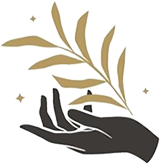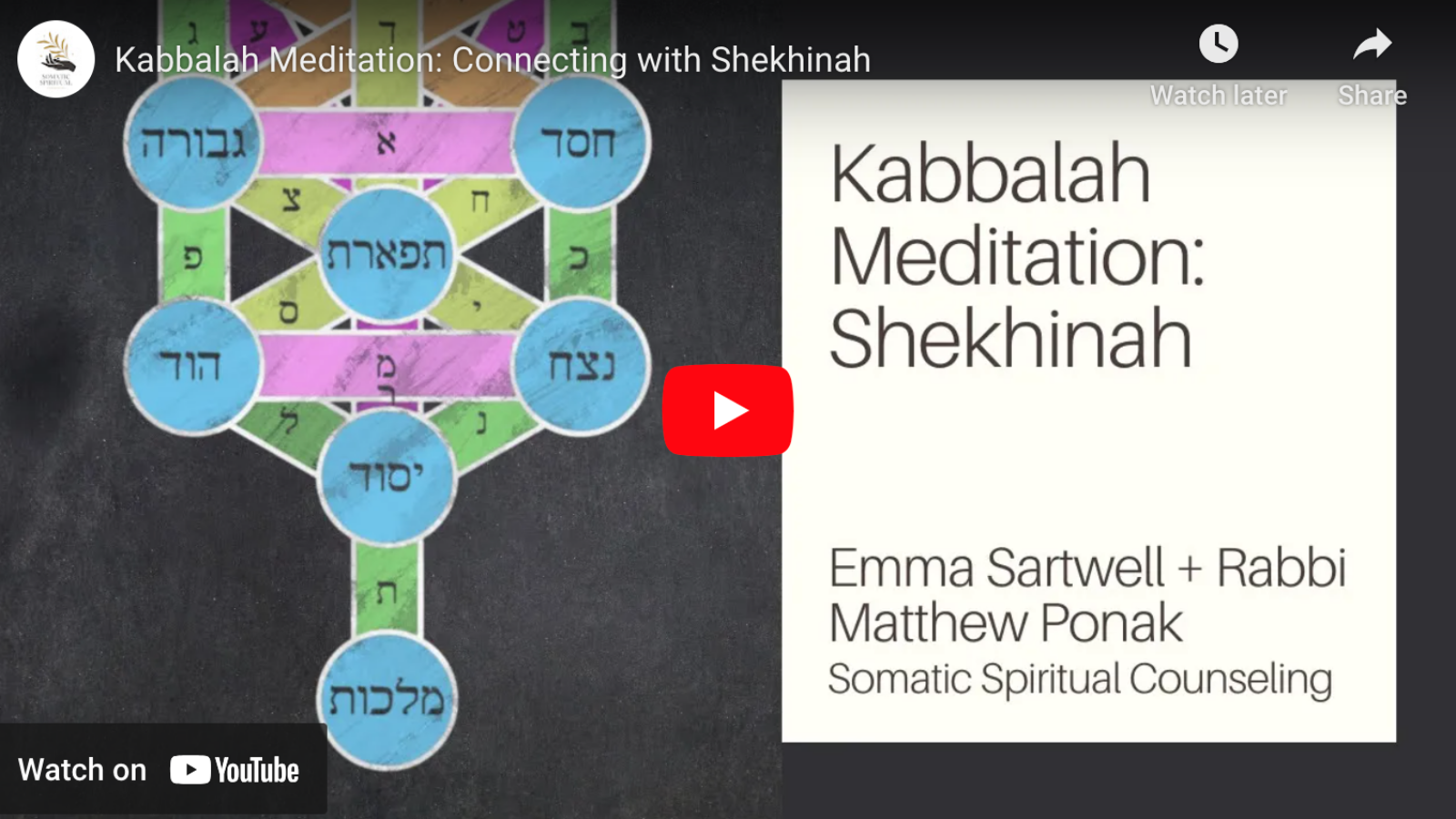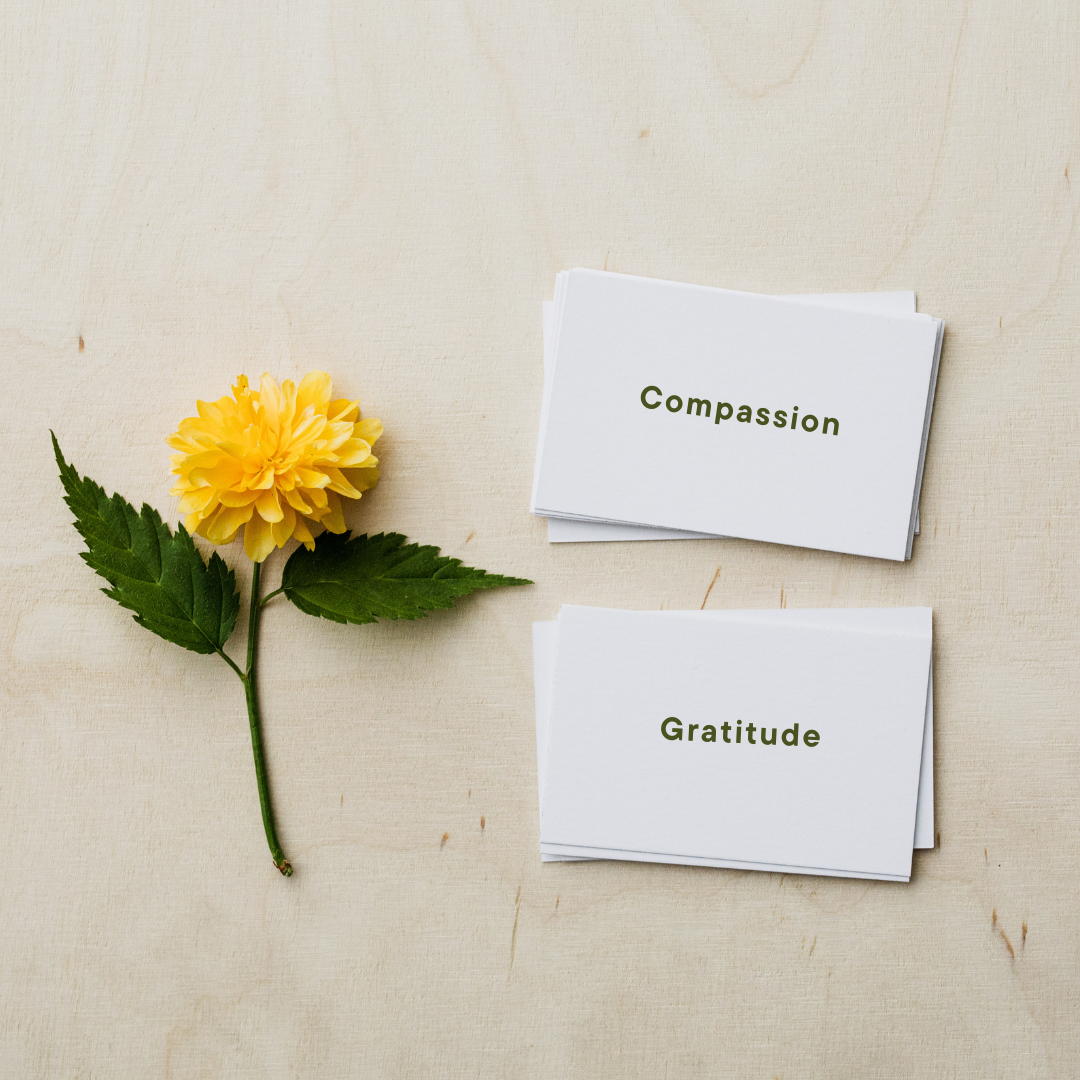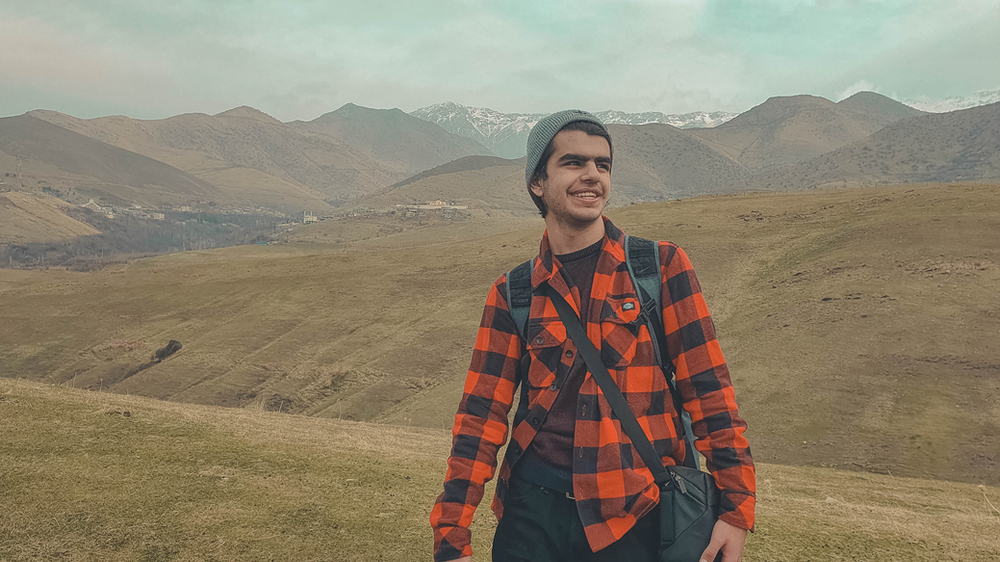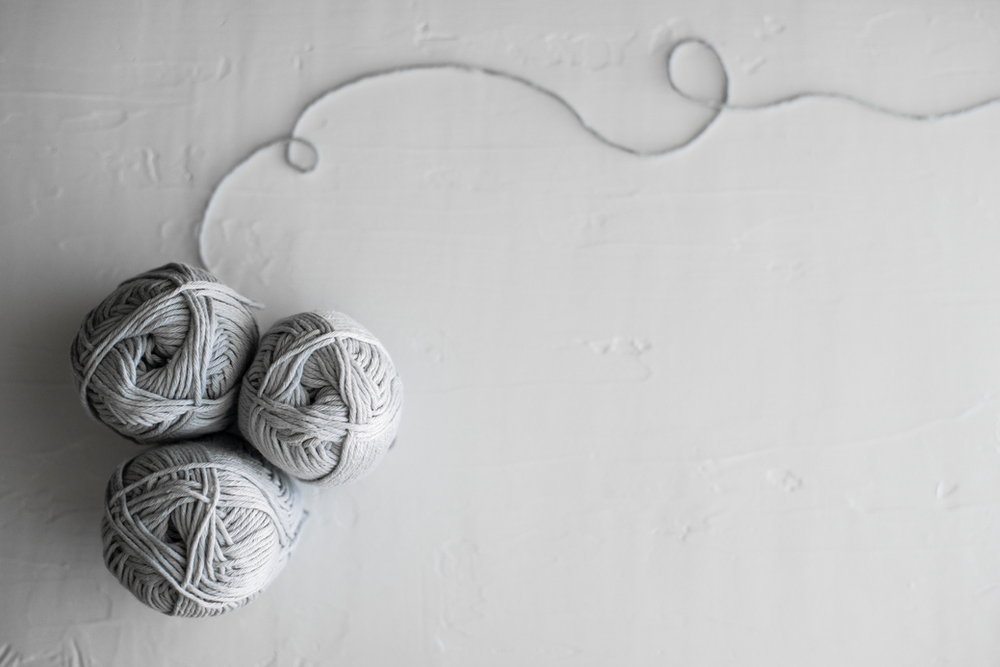The concept of the Shekhinah in Kabbalah is a complex one, representing the opening of the tent to the spiritual world and deeper parts of ourselves and reality. This bottom rung of what the kabbalists call the Tree of Life separates what we are aware of and what lies beyond.
Rabbi Matthew Ponak introduces the the ancient Jewish mystical idea of engaging with the world of the Shekhinah. Emma Sartwell leads us through a brief embodiment practice to help us feel into the Shekhinah space and begin the journey towards a deeper understanding of our physical and spiritual selves.
Transcription
Rabbi Matthew Ponak
Every journey begins with a single step. In Kabbalah, the first step of the journey, which the seeker takes towards the beyond, is to first engage with the world of the Shekhinah. That is a very ancient word that is translated in several different ways, but literally means presence or Divine Presence. The Shekhinah is understood by early kabbalistic teachings to be the opening of the tent, the opening of the tent into another world, into the spiritual world and into deeper parts of ourselves and reality. In the tree of life, it is the bottom of the manifestations the scifi wrote, It is the one which gives human beings in this embodied world access to what lies beyond. And that’s why it’s called the opening of the tent, the tent being the larger Kabbalistic universe, which can interact with that dimension. So what does that mean to have a relationship with the Shekhinah. And what benefits does that bring? The Shekhinah is known by another Hebrew name, call, it is the all, the everything. It is also known as the Earth, metaphorically, because ultimately, everything we receive comes from the earth, from the mother of existence. As we relate more deeply with the Shekhinah, a great variety of spiritual insights, blessings, and mind states become available to us.
Indeed, Kabbalists teach that it is only through the Shekhinah, that we access the richness of more subtle realities. Shekhinah is the conduit and everything flows through her. There are many ways that we could understand this Shekhinah, but in a somatic and an embodied sense. The more we get in touch, with our own sense of subtle feeling of the body sensations we experience and understanding how they’re connected more deeply with our inner worlds, or nervous systems or emotions or thoughts. That is the way in that body orientation of Kabbalah that we start to connect with what’s just beyond the veil of the physical. And that can lead us into a relationship with the inner world as a whole. So, this bottom rung of the Tree of Life is like a veil, which separates between our world and what we’re aware of, and what lies beyond. And it’s really an essential first step in that journey.
The way we begin to relate to that is by understanding that our bodies are also more than meets the eye more than we might think they are initially and we can take that step we can begin that journey by relating to our very physical selves in a more intentional and aware way.
Emma Sartwell
Thank you, Rabbi Matthew for introducing us to the Shekhinah. I am going to lead us through a very brief embodiment practice to have a bit of more of a sensei experience of what we might mean when we say Shekhinah. So first, check in with your posture, where you’re sitting, maybe you’re standing. See if you’re comfortable, see if you want any Wiggles, any blankets, any rearranging whenever you’re comfortable. We’re gonna start by bringing our attention to the top of the head. Just notice what it’s like to feel into the top of the head and then letting your awareness drip down feeling the face the skull, the hair down the brain, the neck jaw into the throat, chest heartspace into the ribcage, not Oregon’s feeling the pelvis, hip bones feeling your seat and where it meets the chair or the cushion down into the thighs, the knees, the chins, and ankles and giving a little special attention to the feet. Maybe they’re resting on the floor, maybe they’re tucked under you and then feeling your body as one whole one organism.
We’re going to bring our attention to the low belly. So a couple inches below the belly button and a couple inches in towards the spine. So if you’d like you can put your hand on your lower belly or two hands and see if you can move your hand with your breath, inhaling the hand moves out. Exhaling, the hand moves back in.
Just noticing the slight expansion and contraction with the breath and if it feels good, if your eyes aren’t already closed, you can close them or have them downcast. We’re taking more of an internal awareness and then see if it works for you to kind of feel around with your inner touch in that space of the low belly. And you might have a sensation I’m sort of clicking in when you find that spot a couple inches below the belly button and a couple of inches in towards the center of your body.
Some traditions call this the dantian, we could call it the womb space, we might call it the Shekhinah space. And whether you have a particular point or a more general area doesn’t really matter. Just resting our attention on that area of the body and then bringing in a little visualization. If you could imagine a sphere or an orb in the low belly that expands and contracts gently with the breath.
If you have one in mind, notice what color it is. Notice the temperature, texture.. Is it heavy, light, dense or spacious?
Taking a couple of breaths to just notice and feel. Notice how it impacts you to have your mind and your low belly. Does it calm you? Does it irritate you? Do your thoughts get faster or slower? Do you feel more connected to your feet? More connected to your head? Or maybe less? There’s no right way to do this or right way to feel. If you feel connected to that lower belly space could hold an open question, we could ask the space “Hello lower belly!” Hello Shekhinah! If you could speak, what would you share with me?”
And just see if anything comes through. It might not. Or there might be a sound or a word or phrase. And just holding that lightly and then coming back to the feeling of the breathing and then slowly gently bringing your awareness more generally from the belly, down the legs, up the torso out the arms into the head feeling the whole body and slowly noticing the outer world noticing sounds if your eyes are closed, let them gently open let yourself look around and then take a little temperature check. Is there anything different now than a few minutes ago when we started? Does the room look different? Does your body or mind or emotions have any change?
This is just a little saying hello to Shekhinah points practice. And you can do this whenever it calls to you
Thank you for joining us on this journey to explore the Shekhinah, the opening of the tent to the spiritual world and deeper parts of ourselves and reality. By practicing embodiment, we can connect with our physical selves in a more intentional and aware way, leading us to access the richness of more subtle realities. Through the Shekhinah, a great variety of spiritual insights, blessings, and mind states become available to us.
